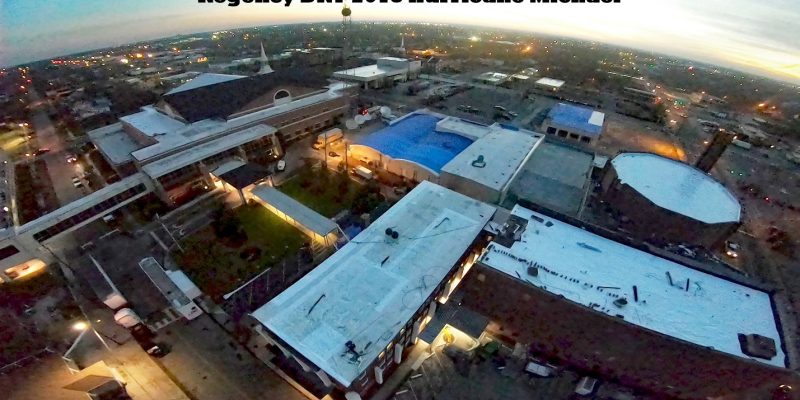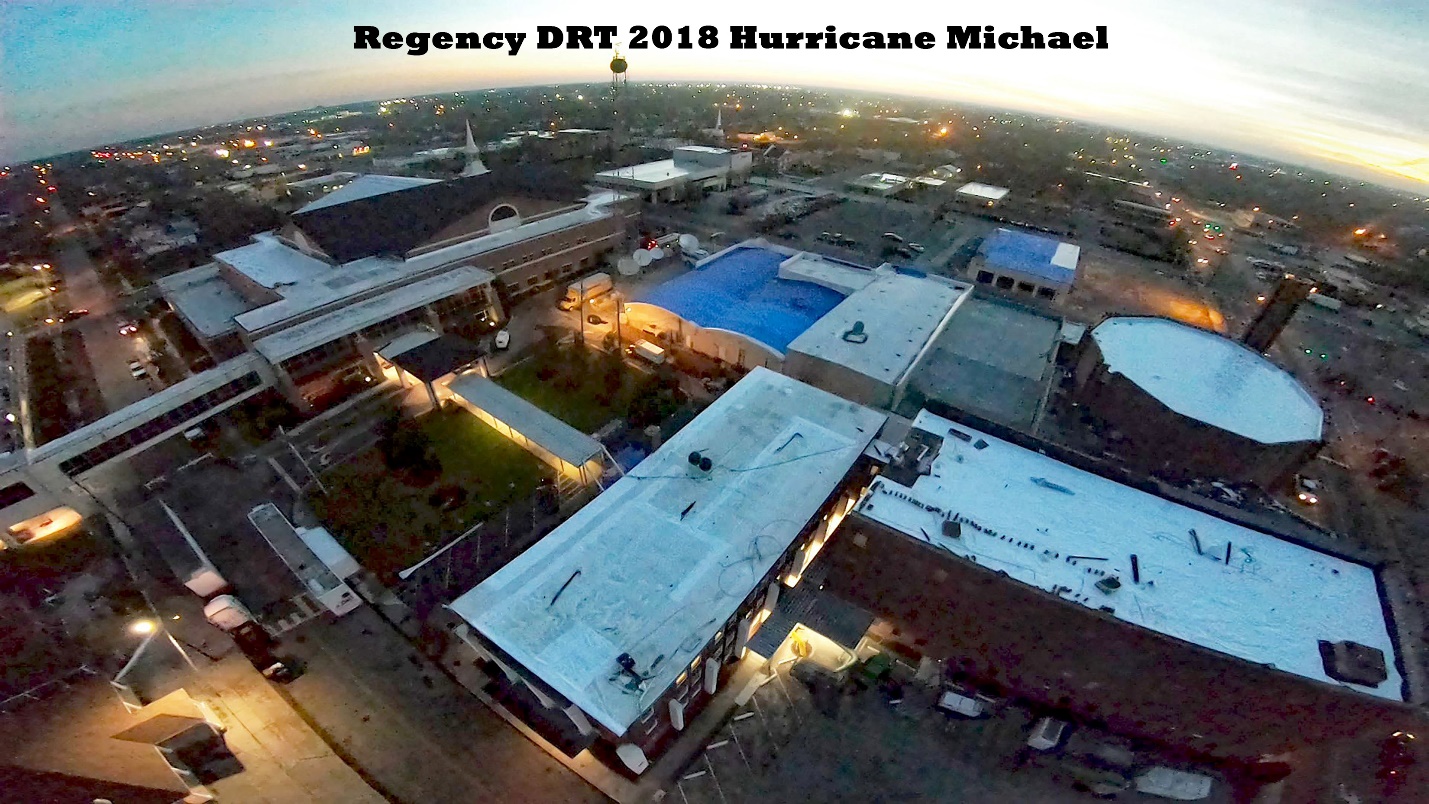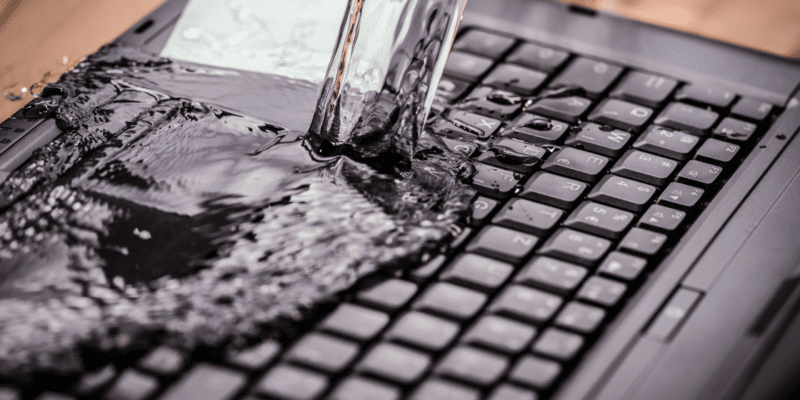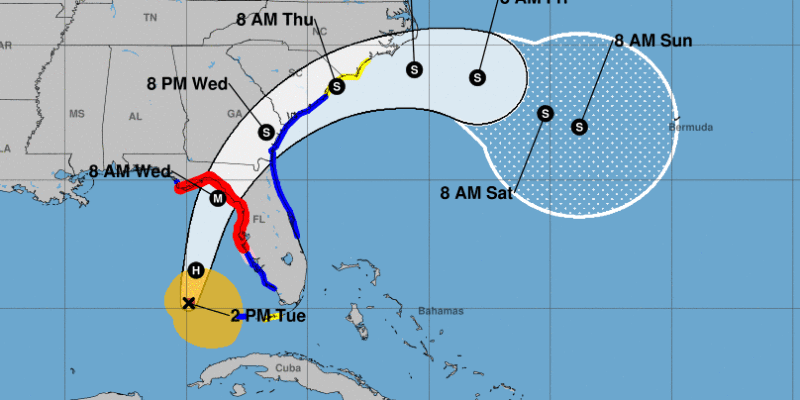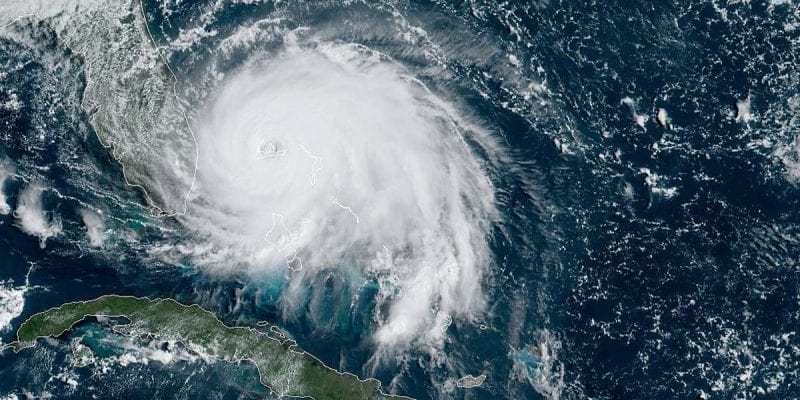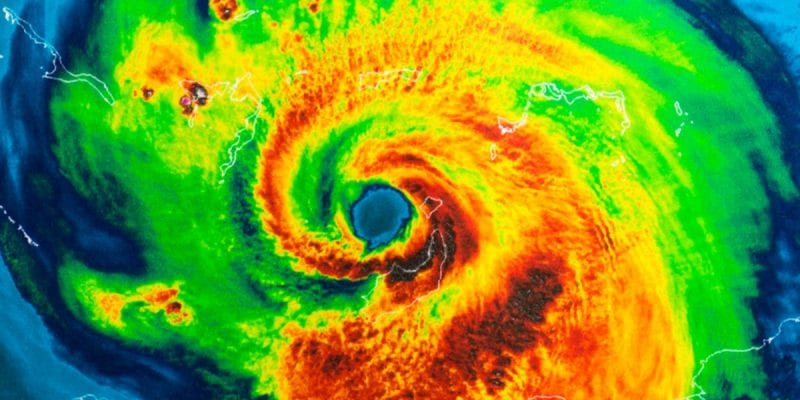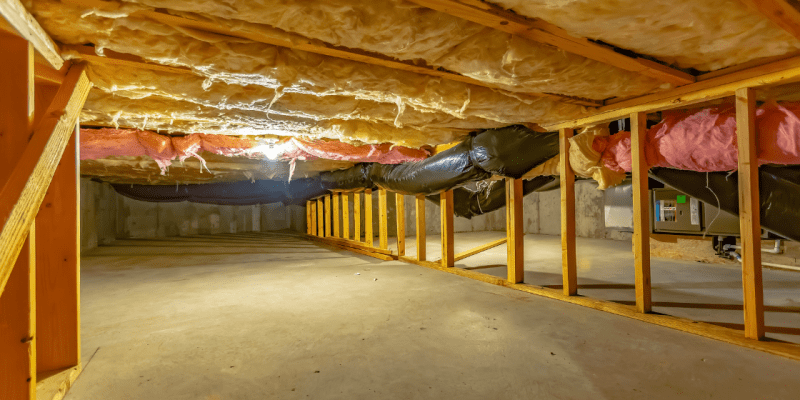Experiencing fire damage is a distressing ordeal for any property owner. Beyond the visible destruction, the aftermath of a fire can pose significant risks to your property and health if not addressed promptly. Call fire damage experts immediately to minimize further damage and eliminate smoke odor. Here’s why acting fast is crucial in mitigating fire damage:
Within 24 Hours:
- Discoloration may become apparent: Walls, ceilings, furniture, and surfaces may start showing signs of discoloration.
- Lingering smoke odor permeates: The distinctive smell of smoke can saturate affected areas, lingering long after the fire is extinguished.
Within 1-3 Days if left untreated:
- Smoke and soot residues settle deeper: They can penetrate porous materials, making cleanup more challenging.
- Discoloration or staining may worsen: Initial signs of damage become more pronounced.
- Odors intensify: Especially in poorly ventilated areas.
- Metal surfaces corrode: Acidic soot residue can lead to corrosion.
Within 4-7 Days if left untreated:
- Residues become stubborn: They bond with surfaces, making removal more difficult.
- Stains and discoloration persist: Despite initial cleaning efforts.
- Odors spread: Even to previously unaffected areas.
- Specialized cleaning required: Porous materials may need replacement or extensive cleaning.
Beyond 1 Week if left untreated:
- Residues become embedded: Making them harder to remove.
- Lingering odors persist: Without proper treatment, odors may never fully dissipate.
- Corrosion worsens: Metal surfaces may deteriorate further.
- Risk of mold and mildew: Damp areas affected by firefighting efforts can promote microbial growth.
Prompt action after a fire is essential to minimize damage and restore your property to its pre-fire condition. Contact our emergency hotline today to start the cleanup and restoration process. Don’t let fire damage dictate the future of your property—act swiftly to reclaim your space and peace of mind.

